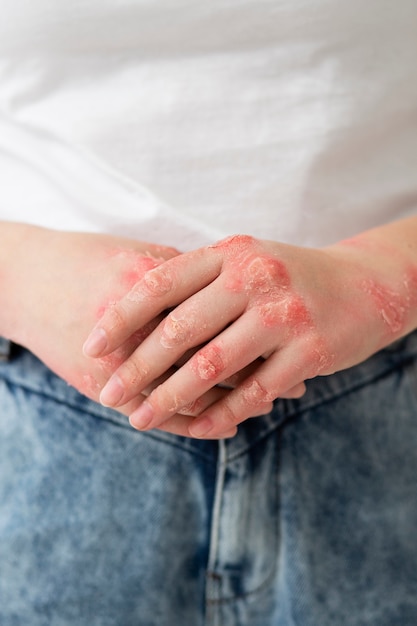
A boil, or furuncle, is a pus-filled bump on the skin often resulting from an infected hair follicle. The usual culprit is the Staphylococcus aureus bacteria, which is commonly referred to as a staph infection. While boils are fairly common and can sometimes heal without treatment, they can be quite painful and might lead to complications if ignored.
Initially, a boil appears as a tender, pink or red bump on the skin, which may also itch. It soon develops into a pus-filled bump, featuring a yellow or white center, and the surrounding skin may turn red. Boils grow rapidly, causing increasing pain, especially if located in the ear canal or nose. When a boil bursts, the pain decreases, and the boil oozes and forms a crust.
Boils vary in size, ranging from a pea to a golf ball, and can cluster together to form a carbuncle. Along with the boil, you might feel generally unwell.
Boils often stem from folliculitis, which is when an infected hair follicle allows bacteria, usually Staphylococcus aureus, but possibly other bacteria or fungi, to penetrate deeper into the skin through minor cuts or scrapes. Infected follicles are commonly found in areas like the inner thighs, face, armpits, buttocks, and neck, where shaving and clothing can cause irritation. However, any body area can develop an infected follicle that deepens into a boil.
Anyone can develop boils, yet certain factors may increase the likelihood of recurrence. If you have a boil, a healthcare provider, often a dermatologist, can typically diagnose it through a physical exam. Testing of tissue or pus samples isn’t usually needed. They can distinguish boils from other skin conditions like warts or cysts and recommend appropriate treatment.
Some boils resolve naturally, which can take up to two weeks. To help a boil drain and ease pain, try home care steps. If a boil doesn’t drain on its own, you might need a dermatologist to surgically drain it, especially if it’s large or deep. Antibiotics might be prescribed if the infection spreads or persists, sometimes requiring multiple forms, both oral and topical.
Preventing boils entirely isn’t always possible, but regular handwashing, showers, and using antibacterial soaps may help reduce risk. Keeping existing boils clean and changing their bandages regularly prevents new ones from forming and spreading. Always wash your hands after touching a boil or its covering, and wash any touched cloth with hot water.
Boils typically don’t cause complications. If complications occur, it’s usually due to a spreading or worsening infection. This can lead to an abscess or infect other body parts, including vital organs. Warning signs of a severe infection include fever, intensely painful and increasingly fluid-filled bumps, and red streaks radiating from the boil.
In short, boils, often caused by Staphylococcus aureus, start as tender bumps that grow rapidly. They usually resolve independently, but persistent, large, or painful boils might need medical attention from a healthcare provider, particularly a dermatologist.

